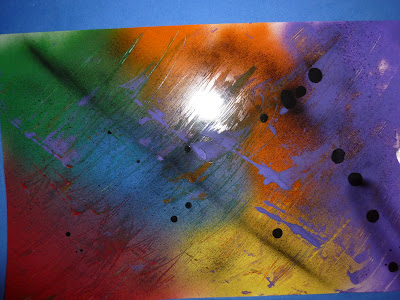For thousands of years the traditional tool of the painter was some form of brush. This remained the case until the 1920s. About this time many changes were taking place in paint technology. Cellulose paints were developed that were impossible to apply by brush. The spray gun was therefore developed to handle these improved, fast drying coatings. Spray painting using a spray gun, is a more advanced method of paint application, whereby a controlled stream of paint is directed onto a surface in the form of a fine mist.
Spray painting has many advantages over brush application. It is approximately 5 times faster than brush application. There are no brush marks, which gives the finish more abrasion resistance, and is friction free because of its lack of ridges. Spray painting gives easier access and more complete coverage on difficult surfaces such as rivets, bolt-heads, wire mesh and radiators etc. It also facilitates more decorative effects such as blending and shading by the gradual fading of one colour into another.
It does have its limitations however, and it is important to realise that spray painting may not always be the suitable method of application. It would be more practical to use brushes on small cutting-in jobs, where masking would take time and money. There is considerable wastage of paint with spray painting, both in overspray exhaust, and also in certain spray lines, and the cost of equipment is quite considerable. Today almost every manufactured article owes its superior finish to the spray gun. Over the last 60 years, paint manufacture and application methods have completely revolutionised the way we see and appreciate our world.







